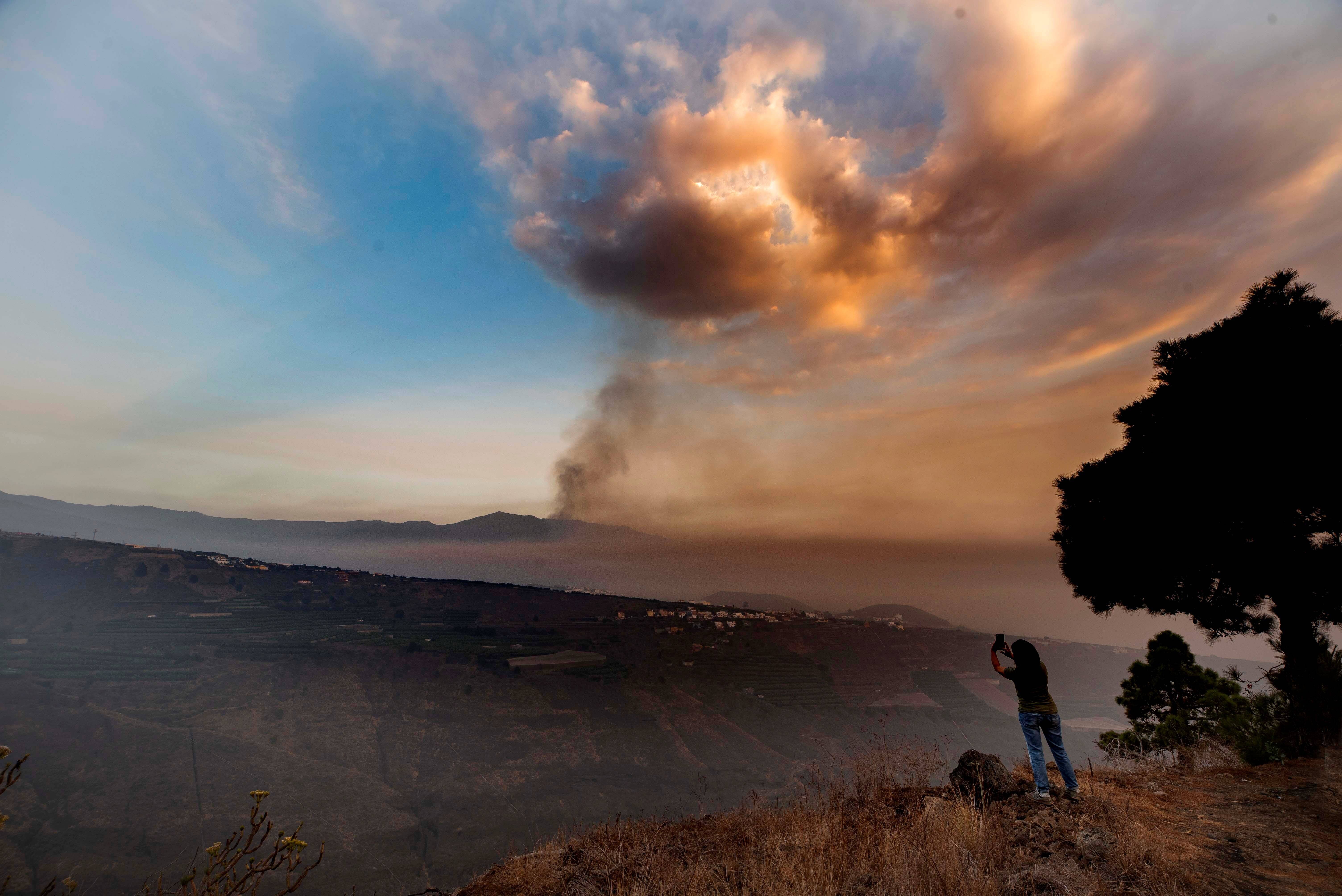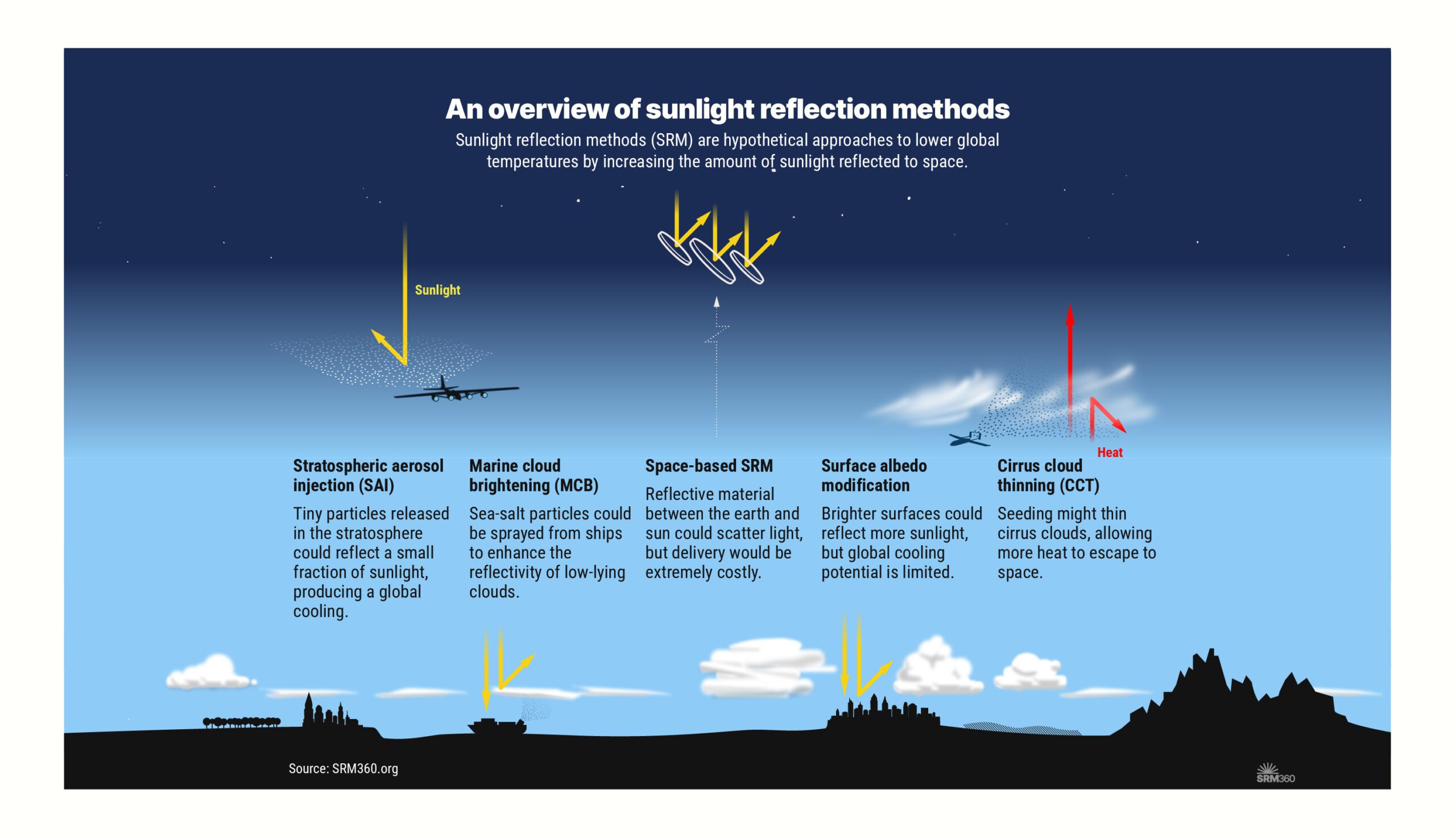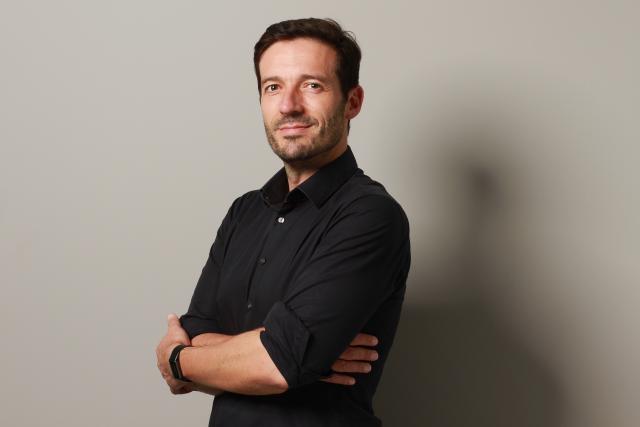

World-changing interventions carry major risks
A thought experiment: The government of a country in the southern hemisphere plagued by persistent drought decides to address the issue of global warming independently. Special aircraft are on standby to release fine sulphur dioxide particles at an altitude of 15 to 25 kilometers. These particles would form a protective veil around the globe, reducing solar radiation and thus providing cooling. While many in the southern hemisphere see the project as a last resort, those in the north fear crop failures and uncontrollable consequences. In the absence of a higher decision-making authority, international tensions arise.
Various scenarios are conceivable for how things might proceed. The North could respond by imposing trade tariffs or sanctions. This could have a moderating effect and encourage compromise, or it could escalate catastrophically and lead to military intervention. Alternatively, the conflict could spiral into a series of countermeasures, with countries responding to artificial cooling with targeted warming. The result could be a climate policy balance of terror.
There is enormous potential for conflict
“Purely in theory, geoengineering could prevent many climate damages if it were used responsibly,” says Daniel Heyen. “But there is no world government that could decide which measures and how much cooling would be appropriate. That creates enormous potential for conflict.”
The desire for a technical solution to global warming could turn into a geopolitical struggle. Therefore, the economist at RPTU considers it important to understand, from an early stage, what political dynamics could arise if geoengineering becomes a reality. To this end, he examines the issue from the perspective of environmental economics. He examines how environmental changes affect the economy and society.
“We evaluate not only damages or gains in euros, but also how consequences are distributed across time periods, regions, and population groups.”
Daniel Heyen
“We evaluate not only damages or gains in euros, but also how consequences are distributed across time periods, regions, and population groups,” he explains. When it comes to geoengineering, he is interested in how such technologies would alter power relations, the incentives for government action and responsibility, and how geoengineering could be governed.
Volcanic eruption is used as a model
As it becomes increasingly difficult to slow global warming by reducing CO₂ emissions, more attention is being paid to contingency plans aimed at cooling the Earth using technology. In this context, geoengineering is an umbrella term for various concepts. The most prominent approach is solar radiation modification, which involves measures designed to reduce the amount of solar radiation reaching the Earth's surface.
As it becomes increasingly difficult to slow global warming by reducing CO₂ emissions, more attention is being paid to contingency plans aimed at cooling the Earth using technology. In this context, geoengineering is an umbrella term for various concepts. The most prominent approach is solar radiation modification, which involves measures designed to reduce the amount of solar radiation reaching the Earth's surface.

Alongside ideas such as artificially brightening clouds or using reflective mirrors in space, the main topic of discussion is the introduction of aerosols into the stratosphere. This would involve using aircraft, balloons or cannon-like launch mechanisms to release sulphur dioxide at high altitudes. There, it would react to form fine sulphate aerosols that would create a veil and reflect sunlight. This process, known as stratospheric aerosol injection, has not yet been tested on a large scale. Projects such as Harvard University's Stratospheric Controlled Perturbation Experiment (SCoPEx) have been abandoned, partly due to ethical concerns. “However, we know that it works in principle because large volcanic eruptions have temporarily cooled the Earth in a measurable way,” explains Heyen.
However, there is one significant caveat: it would create a new climate regime with considerable regional risks, some of which are not well understood. Precipitation and complex weather patterns, such as the monsoon, would change. The aerosols would need to be replenished regularly; otherwise, temperatures would skyrocket. The dangers are therefore enormous.
How would the costs, risks and benefits be distributed?
Daniel Heyen uses game theory models in his research. These are abstract, mathematical representations of decision-making situations in which actors react to each other. "We develop equations that show how states would behave under certain assumptions," Heyen explains.
The researchers use these models to simulate different scenarios. “We look at how the results change when we vary certain assumptions, such as incentives, power relations and expectations. For instance, we examine how cooperation develops when geoengineering suddenly becomes possible or how conflicts unfold when an actor launches a countermeasure. This helps us to understand the fundamental mechanisms that could come into play in such situations.”
Low costs, direct effects
“We assume that actors act rationally and in their own interest,” explains Heyen. “That means they weigh up costs and benefits, and then decide what is most beneficial for themselves. They don't have the big picture in mind.”
For him, the crucial question is therefore how the use of such technologies could be controlled internationally. What could governance look like? For example, how could we establish rules, institutions, and agreements that prevent unilateral action?
“A lack of governance is one of the biggest risks. When it comes to long-term, expensive climate protection, individual countries often lack commitment because everyone benefits when others reduce emissions. With geoengineering, however, it could be exactly the opposite: it would cost comparatively little and the benefits would be immediately noticeable. This would provide a strong incentive for individual actors to act without international coordination and turn the global thermostat up or down as they see fit.”
Embedding in international structures
From his research to date, he therefore draws the following conclusion: “Even if the global situation does not necessarily give cause for hope, geoengineering should be decided on a global scale,” he says. “Much would be gained if research into it and its possible future use could be embedded in international structures. This would involve making research transparent and ensuring multilateral oversight, so that it is not simply driven forward by individual actors.”
In his opinion, geoengineering should not be ruled out completely as an option. “It is crucial not to view the issue in isolation, but rather in relation to the real climate impacts that would occur without intervention, and to make a realistic assessment of the risks of such technologies. This can only be achieved by individuals who also understand how states interact with each other on this issue.”

Want to learn more about geoengineering?
Then browse here for further reading and media reports on the topic:
Heyen, Daniel, Joshua Horton, und Juan Moreno-Cruz. 2019. „Strategic implications of counter-geoengineering: Clash or cooperation?“. Journal of Environmental Economics and Management 95: 153–77. https://doi.org/10.1016/j.jeem.2019.03.005.
Aldy, Joseph E., Tyler Felgenhauer, William A. Pizer, u. a. 2021. „Social science research to inform solar geoengineering“. Science 374 (6569): 815–18. https://doi.org/10.1126/science.abj6517.
Harding, Anthony R., Katharine Ricke, Daniel Heyen, Douglas G. MacMartin, und Juan Moreno-Cruz. 2020. „Climate Econometric Models Indicate Solar Geoengineering Would Reduce Inter-Country Income Inequality“. Nature Communications 11 (1). https://doi.org/10.1038/s41467-019-13957-x.
Climate Engineering: Riskantes Herumdoktern am Klima, Süddeutsche Zeitung, October 18, 2017 (German only)
Umstrittenes Geoengineering zurück in der Klimadebatte, SRF Wissenschaftsmagazin, November 13, 2021 (German only)
Game theory, coalitions & SRM, podcast episode on "Reviewer 2 does geoengineering", November 1, 2021

Diese Themen könnten dich auch interessieren:



